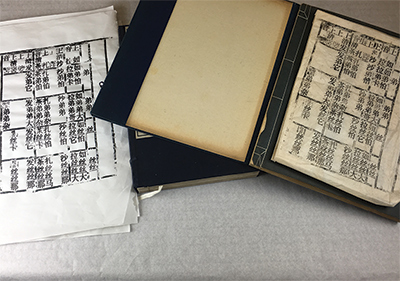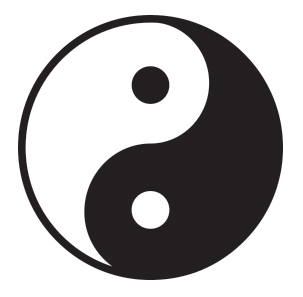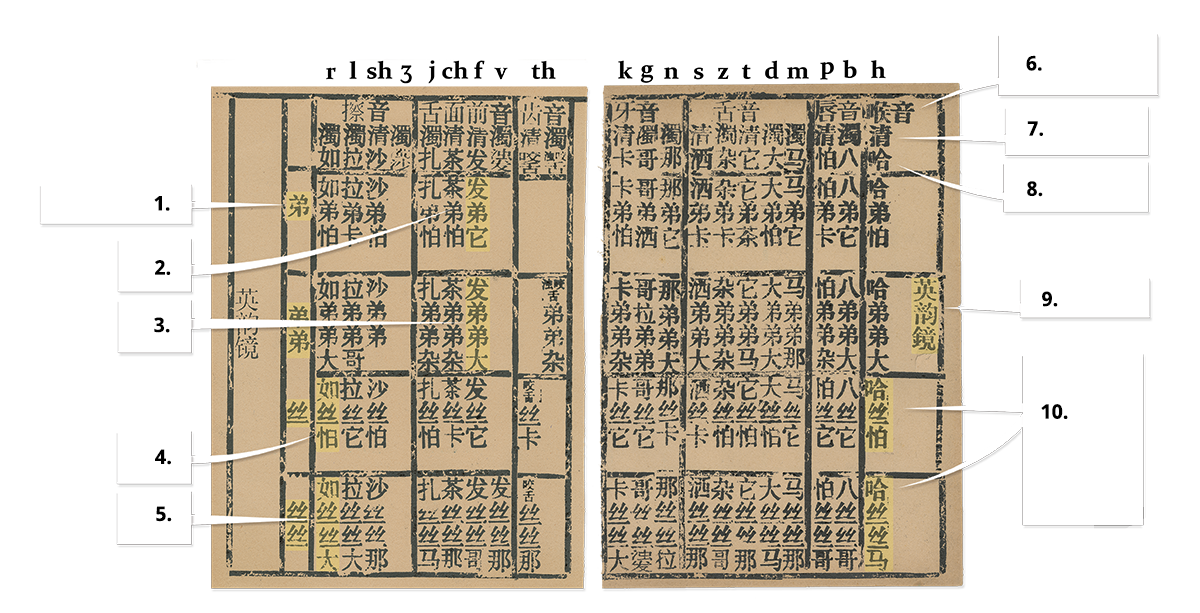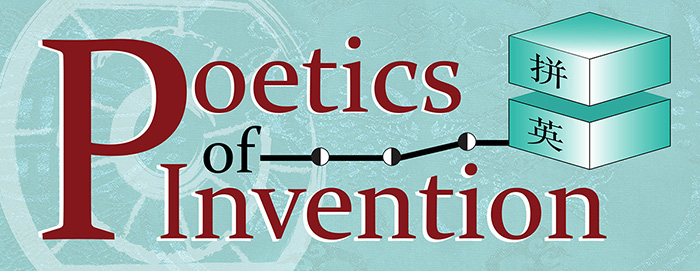Rime Tables
What is a rime table?

During the Song Dynasty, poets used rime tables to balance the sounds and rhythms of poetry. Not to be confused with a rhyme, rimes refer to the vowel sounds used in words but distinguish between tones and lengths of the sounds.

Just as the notion of yin and yang represent a balance between dark and light, vowels on the rime table represent a balance between different vowel sounds. Distinctions between such things as vowel length and tone were understood in terms of yin and yang.
What would a rime table have looked like if it had been made for the English language during the Song Dynasty in China? The rime tables below, invented by Dr. Stalling, reproduce the exact categories of those used during the Song Dynasty but the characters represent sounds and words in English. Using this English rime table, Song Dynasty poets could have balanced the sounds and rhythms of the English language.

1. Rime categories group vowels into short and long variations.
2. Short vowel feet = 发弟它
3. Long vowel feed = 发弟弟大
4. Short vowel rip = 如丝怕
5. Long vowel rid = 如丝丝大
6. The top row represents the place of articulation. Where and how do you make the sound with the teeth, tongue, lips, and throat?
7. The second row represents voiced or unvoiced. Do you vibrate your vocal chords to make the sound?
8. The third row represents initial consonants. What consonant sound is at the beginning of a word?
9. Rime Table Title: English Rime Mirror
10. English words spelled vertically in Chinese characters:
hip = 哈丝怕
Since this word has a short vowel sound, it includes only one vowel character.
him = 哈丝丝马
Since this word has a long vowel sound, it includes two vowel characters.



